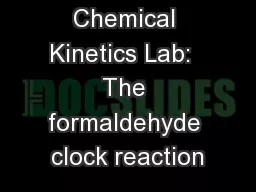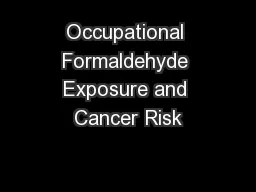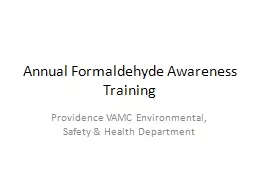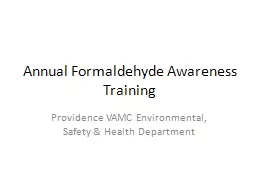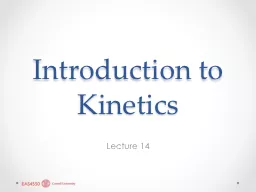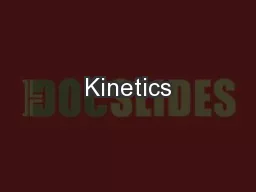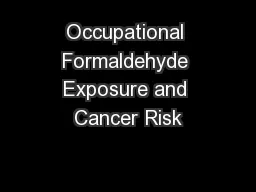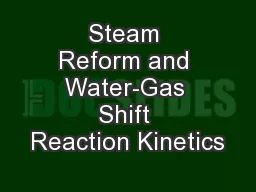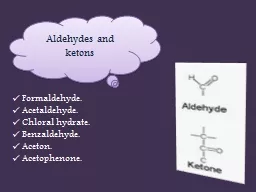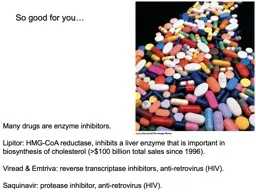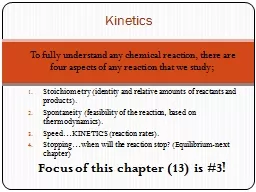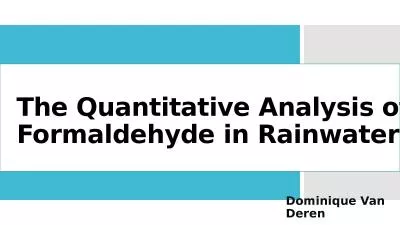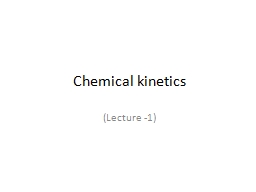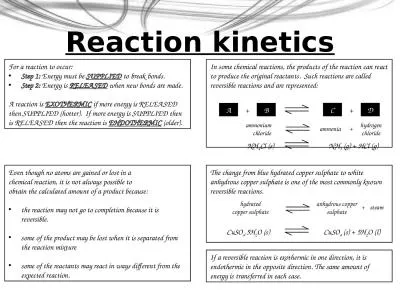PPT-Chemical Kinetics Lab: The formaldehyde clock reaction
Author : myesha-ticknor | Published Date : 2018-09-30
Summer Math Institute 2012 Amber M Hupp Assistant Professor Chemistry College of the Holy Cross Modified from PWW Hunter Chemistry Laboratory Manual CHEM 162 Michigan
Presentation Embed Code
Download Presentation
Download Presentation The PPT/PDF document "Chemical Kinetics Lab: The formaldehyde..." is the property of its rightful owner. Permission is granted to download and print the materials on this website for personal, non-commercial use only, and to display it on your personal computer provided you do not modify the materials and that you retain all copyright notices contained in the materials. By downloading content from our website, you accept the terms of this agreement.
Chemical Kinetics Lab: The formaldehyde clock reaction: Transcript
Download Rules Of Document
"Chemical Kinetics Lab: The formaldehyde clock reaction"The content belongs to its owner. You may download and print it for personal use, without modification, and keep all copyright notices. By downloading, you agree to these terms.
Related Documents

